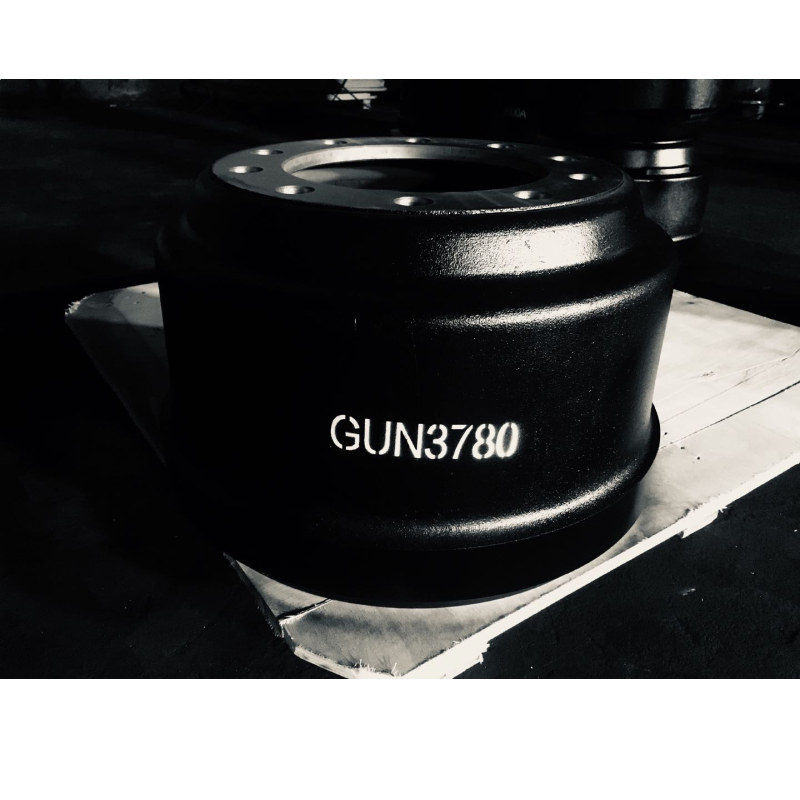Nov . 27, 2024 06:06 Back to list
Indicators that your brake drum is experiencing warping issues
Signs of a Warped Brake Drum
Brake systems are essential components of any vehicle, ensuring safety and control while driving. One crucial part of this system is the brake drum, which plays a significant role in the braking process, especially in vehicles equipped with drum brakes. Over time, and through regular use, brake drums can become warped, leading to various issues that affect braking performance and overall safety. Understanding the signs of a warped brake drum is vital for any vehicle owner or driver.
1. Vibration or Pulsation
One of the most immediate signs of a warped brake drum is the noticeable vibration or pulsation felt through the brake pedal when the brakes are applied. This sensation usually intensifies as you brake harder or at higher speeds. The vibration is caused by the uneven surface of a warped drum, which prevents the brake shoes from making consistent contact. If you experience this, it may be time to inspect the brake drum for warping.
Another indicator of a warped brake drum is uneven wear on the brake shoes. Brake drums are designed to create a uniform grip when engaged, but if they are warped, the shoes will not make equal contact with the drum surface. This uneven contact can lead to premature wear on one side of the brake shoe, which can ultimately result in decreased braking efficiency. If you notice that your brake shoes are wearing out faster on one side than the other, it may be a sign that the brake drum is warped.
3. Increased Stopping Distance
Warped brake drums can compromise the vehicle's ability to stop effectively. You may notice that you need to press the brake pedal harder or that it takes longer to come to a complete stop. This increased stopping distance can endanger both the driver and others on the road. If you find yourself frequently having to apply more pressure to your brakes or experiencing delays in response times, it’s crucial to have your braking system inspected.
signs of a warped brake drum

4. Noise When Braking
Unusual noises can also be a telltale sign of brake drum issues. If you hear grinding, squeaking, or scraping sounds when braking, it may indicate that the brake drum is warped or damaged. These sounds result from the brake shoes making uneven contact with the drum surface. Not only can noise be annoying, but it’s also a warning sign that should not be ignored, as it may lead to further damage if not addressed.
5. Heat Buildup
Warped brake drums can lead to excessive heat buildup during braking. If you notice a burning smell, or if your brakes feel excessively hot after a period of driving, it could be a sign that the brake drum is not dissipating heat effectively due to warping or other damage. This overheating can create a risky situation, potentially leading to brake failure if not dealt with promptly.
6. Visual Inspection
Finally, performing a visual inspection of the brake drum can help identify warping. If you can access your brake drum, look for visible signs of distortion or unevenness in the surface. Any visible cracks, grooves, or unusual wear patterns may indicate that the drum is warped and needs to be repaired or replaced.
Conclusion
In conclusion, recognizing the signs of a warped brake drum is essential for maintaining vehicle safety. If you experience any of the symptoms mentioned, it's crucial to address the issue promptly. Regular maintenance and inspections can prevent brake problems and ensure that your vehicle operates smoothly and safely, keeping you and others safe on the road. Remember, when it comes to brakes, it’s better to be safe than sorry.
-
ROR Web Development: Build Fast, Scalable, Secure Apps
NewsAug.17,2025
-
Scania Brake Drums: OEM Quality for Optimal Safety & Durability
NewsAug.16,2025
-
R.V.I: Advanced Remote Visual Inspection for Precision
NewsAug.15,2025
-
Discover HYUNDA: Innovative Vehicles, Equipment & Solutions
NewsAug.14,2025
-
R.V.I: Unlock Advanced Insights & Real-time Performance
NewsAug.13,2025
-
Kamaz Brake Drum: Durable & Reliable for Heavy Duty Trucks
NewsAug.12,2025
